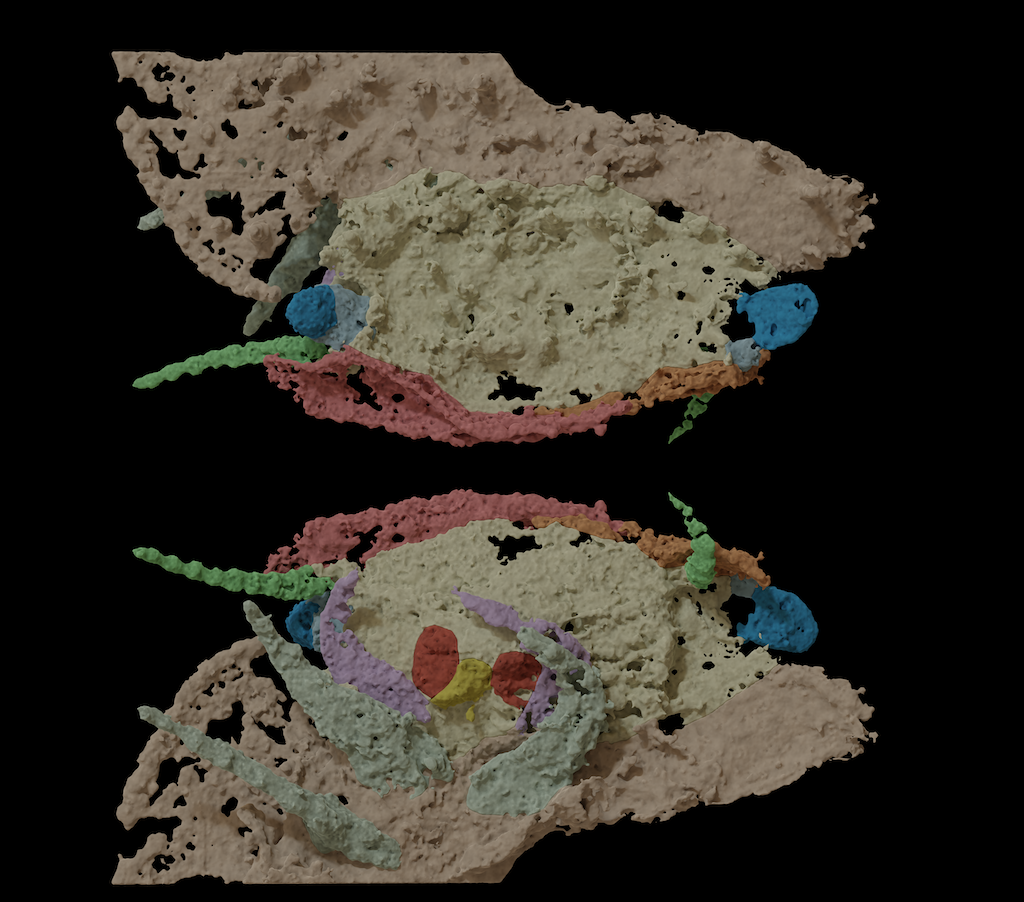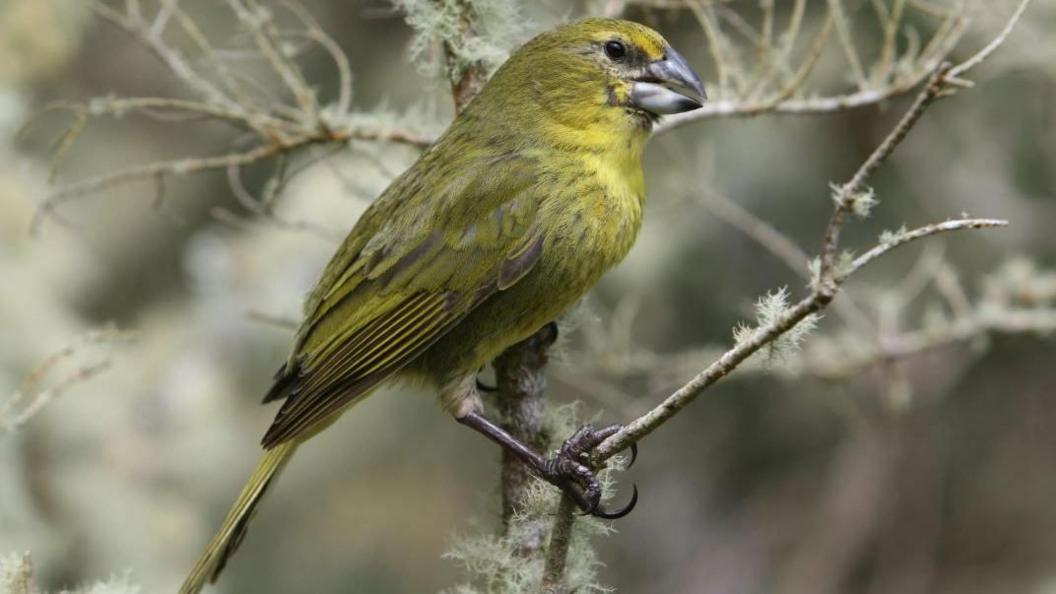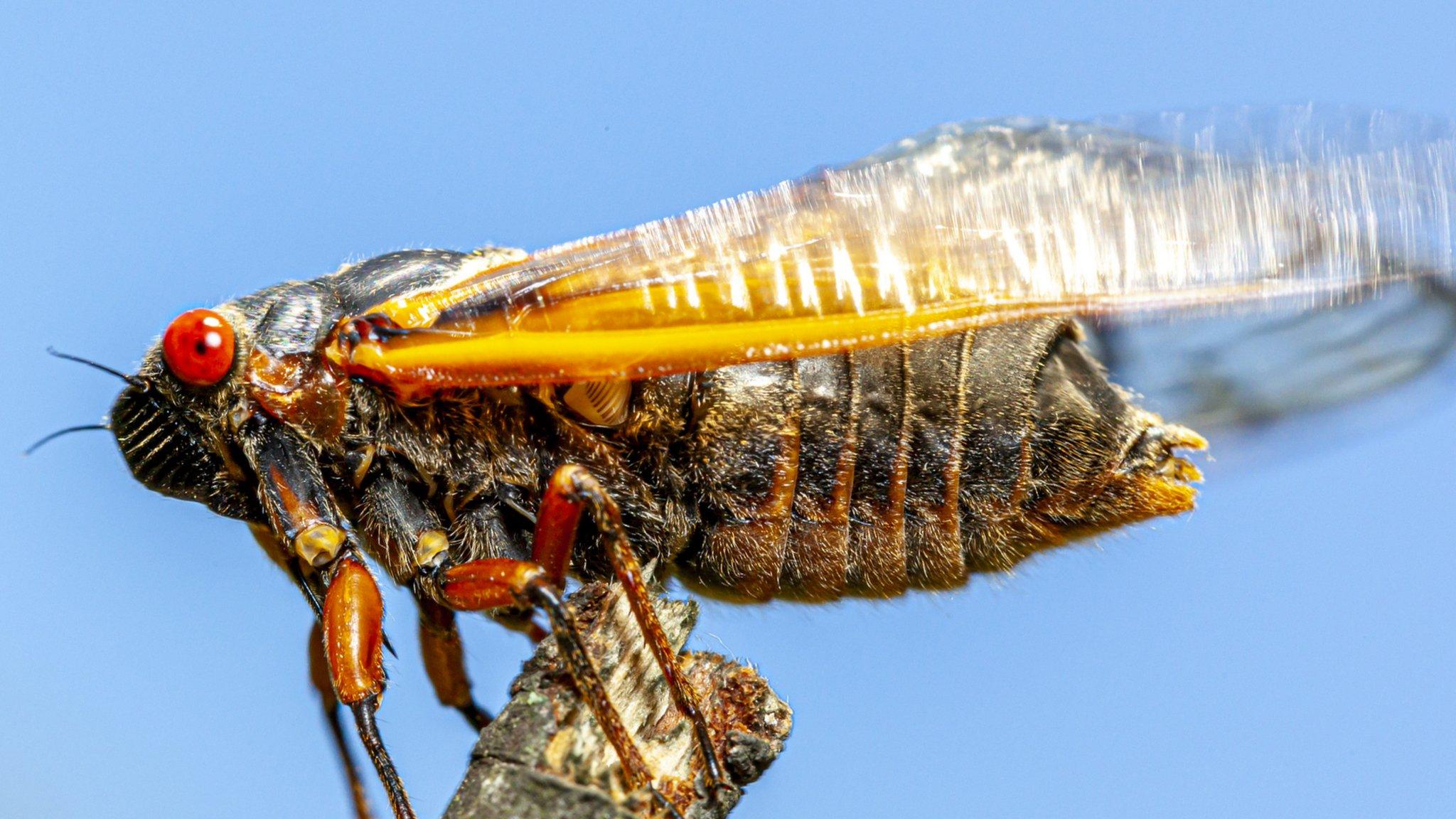Ewww! Scientist solve mystery of biggest ever bug's head

- Published
Beauty is in the eye of the bee-holder, especially when it comes to looking at one of the largest bugs ever to live.
The Arthropleura was similar to a millipede - but massive - growing up to the length of a small car!
Luckily for us, it scuttled about forests near the equator on its many legs (more than 60 of them) around 300 million years ago.
But its face remained a creepy-crawly mystery as fossils found were only of body skin, shed as it grew bigger. Until now, for the first time scientists have discovered a complete fossilised head.
More scientific discoveries
Meet the marvellous millipede with more than 1,000 legs!
- Published17 December 2021
Check out the ancient sea creature which walked on stilts!
- Published26 April 2022
Check out this robot inspired by centipedes
- Published9 May 2023
What is an Arthropleura?

The Arthropleura belongs to the arthropod group. This includes insects, crustaceans - such as crabs - as well as spiders, scorpions and similar creatures.
The massive insect was thought to be one of the earliest millipedes, and fossils have been studied for more than 150 years.
But without a complete head, scientists couldn't decide whether it belonged to the millipede or centipede family or understand how it fitted in with evolutionary history. What a bugbear!
What did scientists discover about the Arthropleura?

The scans allowed a model of the head to be created - "Say fleas for the camera!"
The work, published in the Science Advances journal, described how two fossilised young Arthropleura were discovered in France.
Scans of the rock in which they were found revealed curved antennae, stalked eyes and mouthparts, known as mandibles, similar to those of centipedes.
From this information, researchers could create a model head.
Scientists found it had the body of a millipede, but the head was more like a centipede.
The plot thickens as stalked eyes are often found on species like crustaceans that spend time in water - not on centipedes or millipedes.
More research is continuing to learn more and find out what these ginormous bugs ate and how they breathed.
More brilliant bug news!
- Published8 October 2024

- Published8 January 2024

- Published22 April 2024

